Every Pope a Saint? The Politics of Canonization
For our #YUPapr conversations this month about “Ancient Texts, Modern Beliefs”, a closer inspection of contemporary religious practices—and their comparative differences— is important for our consideration of changing beliefs in the greater context of world history. Here, Yale University Press author Michael Coogan discusses the upcoming April 27 canonization of two popes and the rapidly increasing rate of sainthood for modern Bishops of Rome, offering some perspective on the changing political nature of the Church in today’s society.
Michael Coogan—
On April 27, ornately robed clerics will celebrate the canonization of two recent popes, John XXIII and John Paul II. In the modern Roman Catholic Church until the last few decades, canonization—declaring someone a saint—was rare and occurred only after a protracted process. Successive steps lead to canonization: first, one is declared “Servant of God,” then “Venerable,” then “Blessed,” and finally “Saint.” From the beginning of the fourteenth century to the mid-twentieth, only two popes were canonized and another three were declared “Blessed.” Not so any more: since the papacy of John Paul II a flurry of canonizations has been underway, not just for ordinary individuals deemed holy, but also for modern popes.
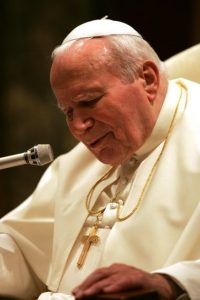
Pope John Paul II
Remarkably, all of the popes since the mid-twentieth century, except of course for those still alive, are on the path to canonization: Pius XII (1939–1958, declared Servant of God in 1990 and Venerable in 2009), John XXIII (1958–1963, declared Servant of God in 1965, Venerable in 1999, and Blessed in 2000), Paul VI (1963–1978, declared Servant of God in 1993 and Venerable in 2012), John Paul I (1978, declared Servant of God in 2003), and John Paul II (1978–2005, declared Servant of God in 2005, Venerable in 2009, and Blessed in 2011). Why this sudden, almost automatic rush to sainthood for recent popes?
Part of the answer lies in nineteenth-century realpolitik. For more than a thousand years, the pope was not just the spiritual head of the Roman Catholic Church, but also a monarch, the ruler of the Papal States in the central Italian peninsula. As sovereigns of this territory, popes engaged in diplomacy and war to maintain and expand their control. In the nineteenth century, however, the papal domain was virtually eliminated by the unification of Italy under Garibaldi and his successors, culminating with the capture of Rome by Italian forces in September 1870. All that was left of papal territory was tiny Vatican City. Only a few months before, when the fall of Rome was already inevitable, the First Vatican Council, at Pope Pius IX’s prompting, declared the doctrine of papal infallibility. If the popes could not be political sovereigns, it seems, they could at least have absolute spiritual authority, especially, as the official wording has it, when they say they are speaking infallibly on an issue of faith or morals.
Although there has been only one technically infallible pronouncement since 1870—Pius XII’s proclamation in 1950 of the doctrine of the Assumption, that Mary, the mother of Jesus, had been bodily taken up to heaven at her death—papal authoritarianism has expressed itself in other ways, as when John Paul II asserted in an apostolic letter that women could never be priests, and then Cardinal Ratzinger (later Benedict XVI) subsequently called this teaching infallible, unchangeable, and binding on all Catholics forever.
By the second half of the twentieth century, even the popes’ spiritual authority was being eroded, because of flawed leadership. Pius XII’s silence about the Holocaust was moral cowardice, if not latent anti-Semitism. Paul VI’s insistence on banning artificial contraception in his encyclical Humanae Vitae, against the opinion of a majority of his advisors, effectively ended papal authority for many Catholics. John Paul II’s clericalism led to years of denial and coddling of predatory priest pedophiles and their episcopal superiors, which further diminished the Church’s authority as well as its coffers. Significantly, these last two issues concern what the current pope has called an obsessive preoccupation with sex and reproduction; it is of more than tangential interest that of the thousands of men and women put on the path to sainthood by John Paul II and Benedict XVI, only a tiny percentage were married. Most openly sexually active persons, it seems, can’t really be saintly.
The haste to canonize the last five deceased popes is an effort to shore up the diminished spiritual authority of the papacy. If every pope is a saint, who could dare disagree with them? Surely they are being elevated to sainthood not mainly because of their personal holiness but because they were popes, even though as popes most of them were deeply flawed. Is flawed leadership no bar to sainthood?
Among the popes whose canonization process John Paul II sped up was none other than Pius IX, declared Servant of God in 1907, but Venerable only in 1985 and Blessed in 2000: the most authoritarian pope of the nineteenth century was propelled toward sainthood by one of the most authoritarian popes of the twentieth. The Vatican is locked in a time warp of absolute monarchical authority, and popes canonizing their predecessors is an attempt to preserve and enhance it. The joint canonization of John XXIII and John Paul II—the first a darling of liberal Catholics, the second a favorite of traditional Catholics—is calculated to appeal to different constituencies. Even sainthood is political, and it is disingenuous to pretend that it is not.
Michael Coogan is the author of The Ten Commandments: A Short History of an Ancient Text, out this month from Yale University Press.

Michael Coogan
.























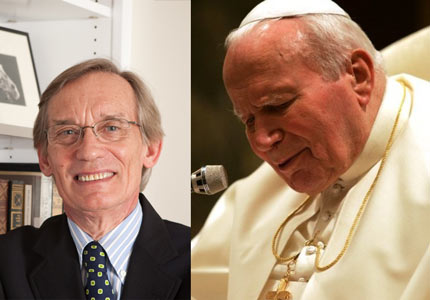

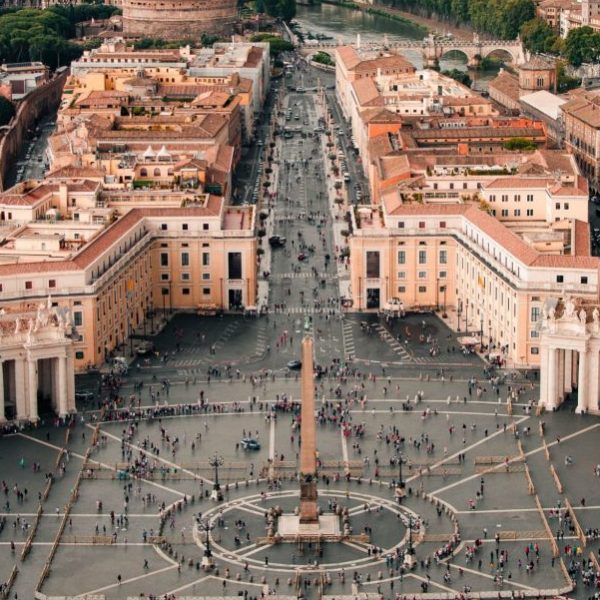
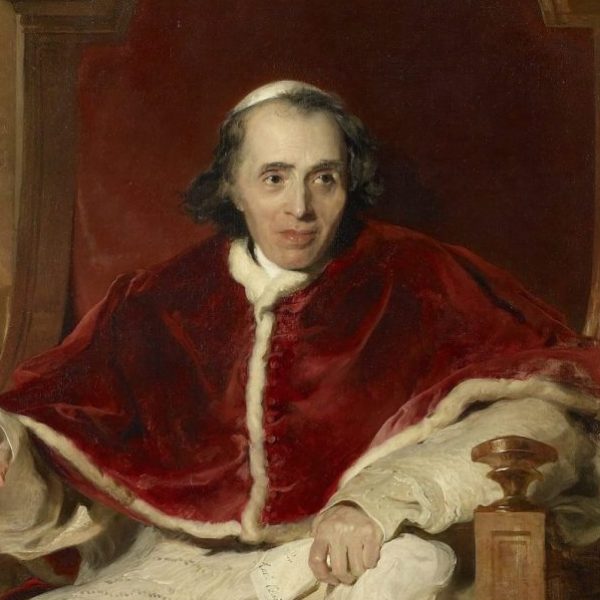
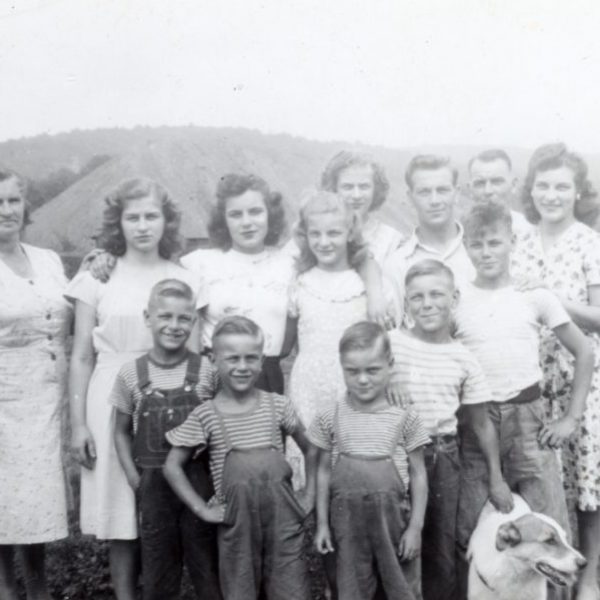
I enjoyed your article very much. Indeed the sainthood has become an almost guarantee for the popes recently. Your article enlightened me with the background details that I did not quite know. I remember during my college years in Calcutta, the chairman of our English department made a comment while teaching us an English piece – “The Holy Roman Empire was established for the most unholy purpose.”
I am a Hindu and my religion is non-congregational without anything comparable to a sainthood. We believe in incarnations of God, who can be male or female. Since the beginning of creation there have been only nine incarnations (“avatars”), the last being Buddha. We believe in different manifestations of the Supreme Being, which is a polytheistic interpretation of monotheism.
Thanks for an illuminating article.
Awesome site you have here but I was curious about if you knew of
any user discussion forums that cover the same topics
discussed in this article? I’d really love to be a part
of community where I can get advice from other experienced individuals that share the same interest.
If you have any recommendations, please let me know.
Thanks!